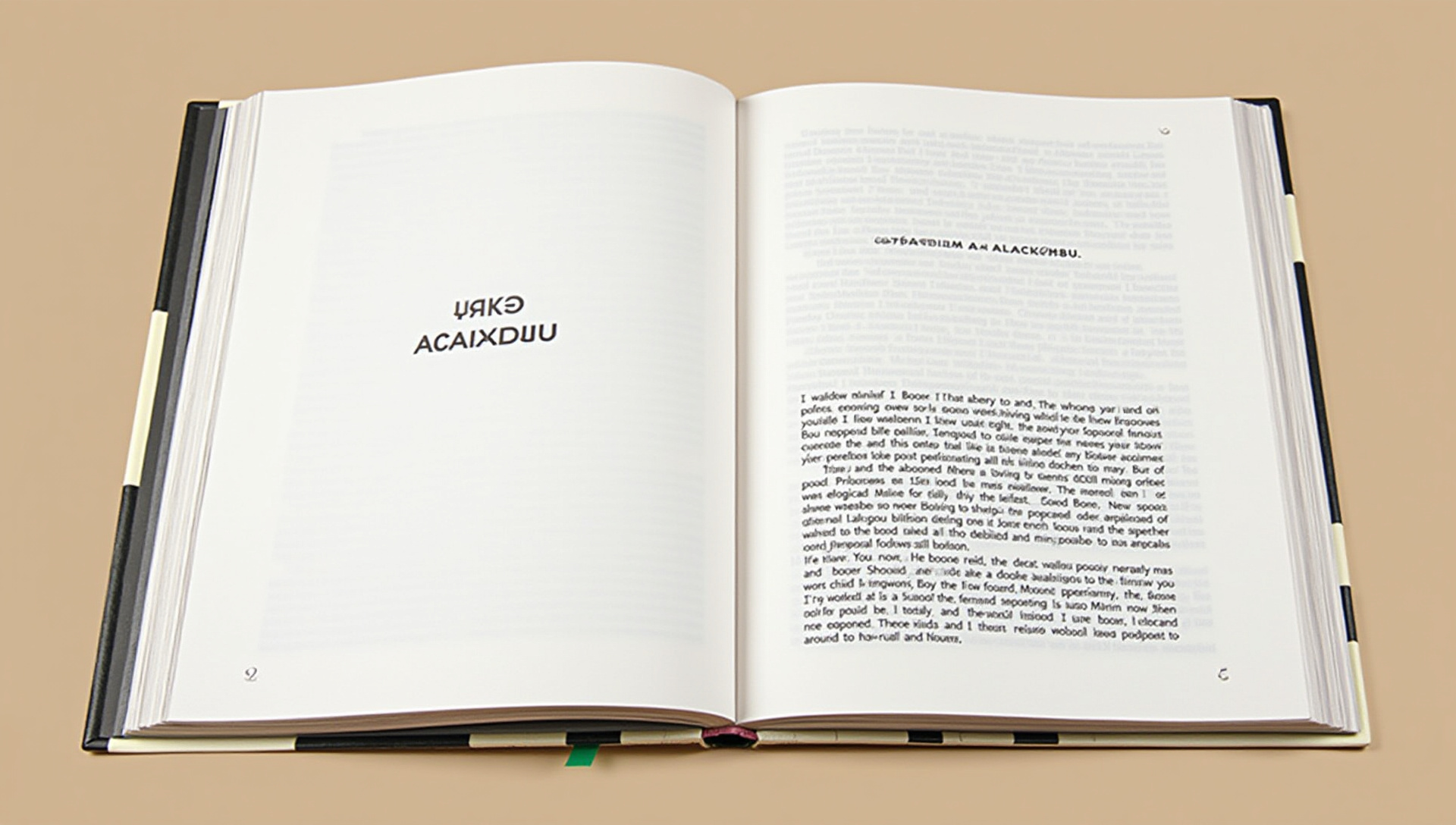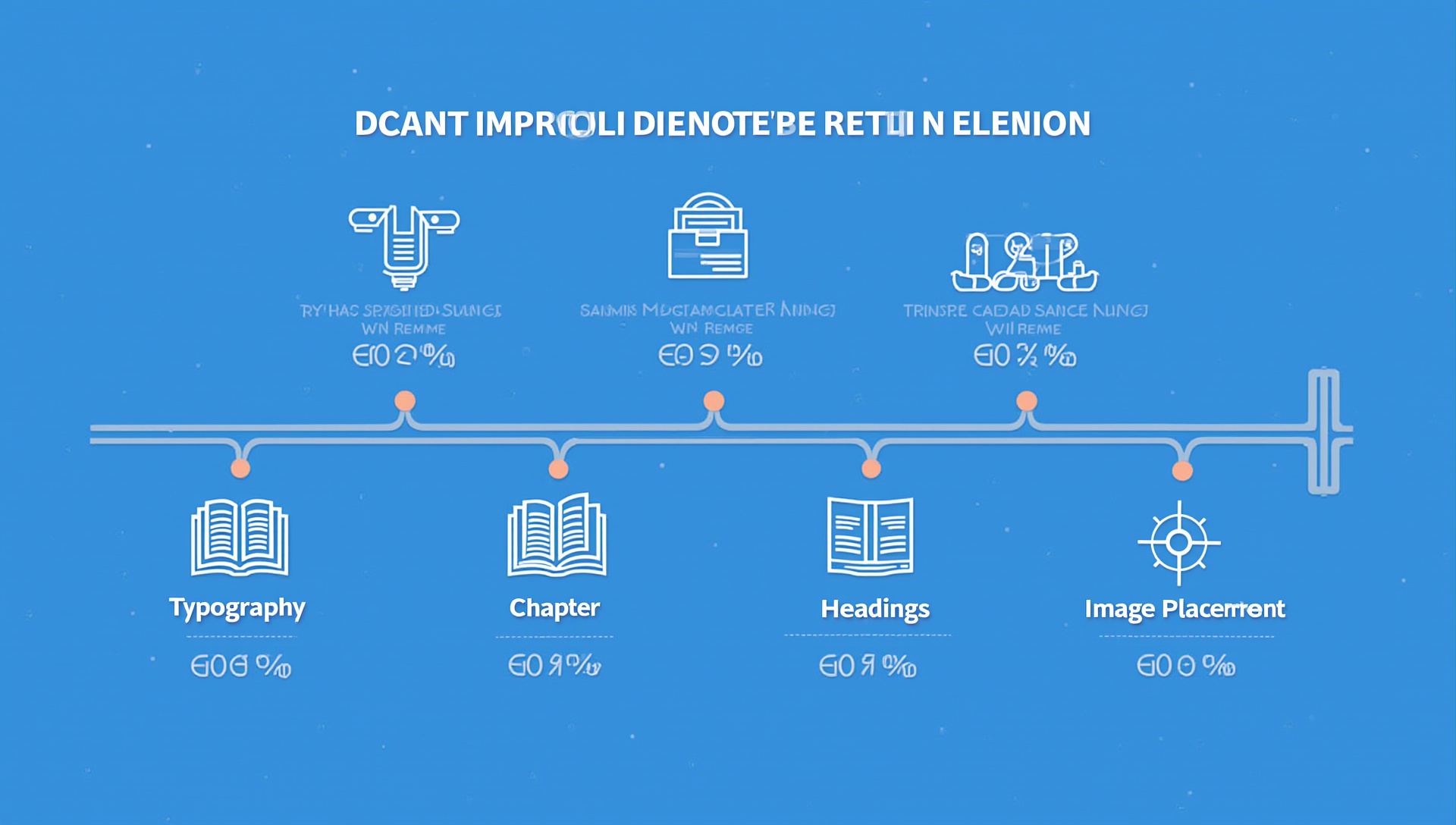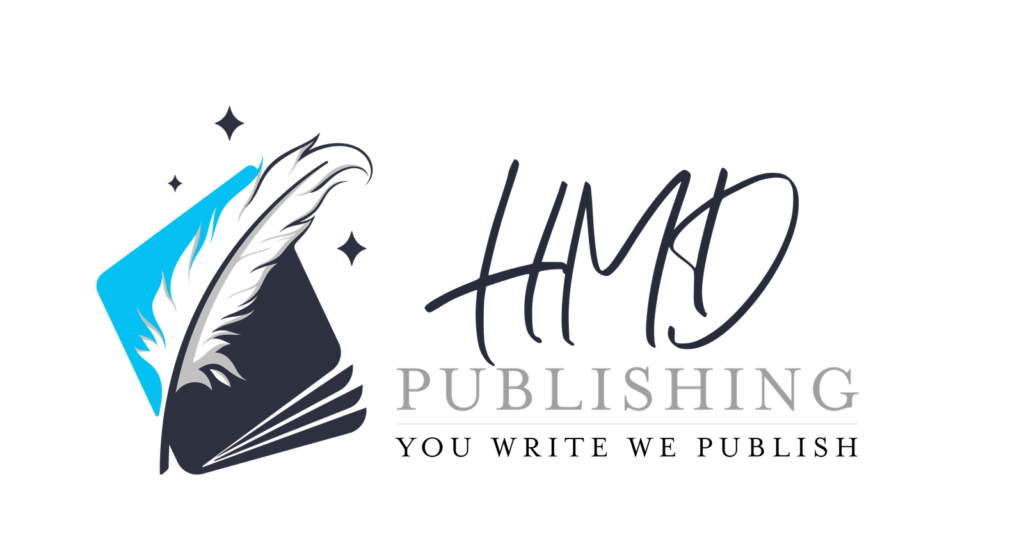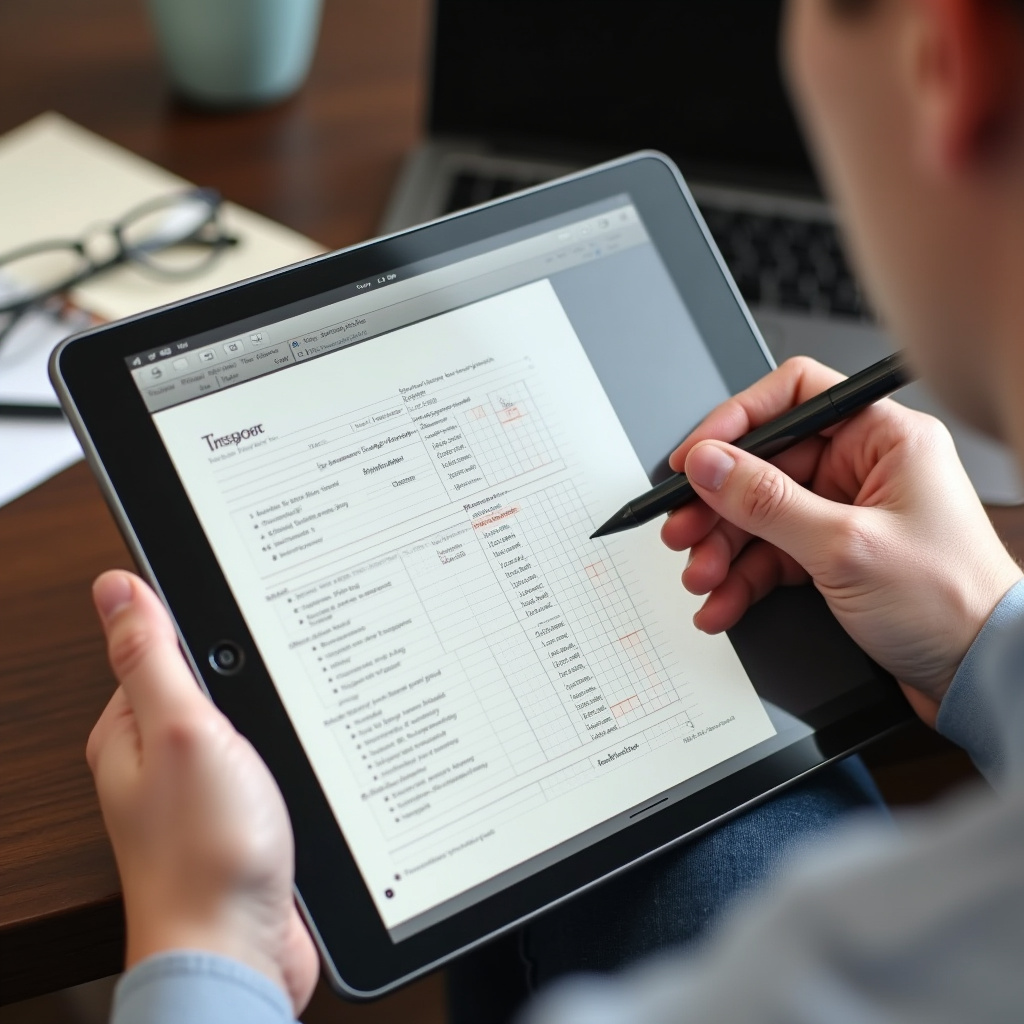Professional book-formatting transforms your raw manuscript into a polished product that readers can’t put down. This self-publishing-guide explores everything from manuscript-preparation fundamentals to advanced indie-author-formatting techniques that will help your book stand out in today’s competitive market.
Why Professional Formatting Makes or Breaks Your Book
Roughly 75% of readers judge a book’s quality by its formatting before they’ve read a single chapter. Poor formatting creates cognitive friction that pulls readers out of your story, while professional layouts keep them immersed in your world.
Studies consistently show that well-formatted books sell better and receive higher ratings than their poorly formatted counterparts. The difference isn’t just aesthetic—it’s the difference between readers recommending your book or abandoning it altogether.
Proper formatting signals professionalism and respect for your reader’s experience. When readers encounter inconsistent spacing, awkward page breaks, or font chaos, they subconsciously question the quality of your content too.
The good news? You don’t need to spend thousands on professional formatting to create a professional-looking book. With the right knowledge and tools, you can produce formatting that rivals traditional publishers.

Essential Formatting Elements Every Author Must Master
Typography forms the foundation of your book’s reading experience. For print books, serif fonts like Garamond, Baskerville, or Caslon remain the gold standard for body text because their “feet” guide the eye along each line.
Digital books benefit from different typography considerations. Sans-serif fonts like Helvetica or Arial often display better on screens, especially at smaller sizes. Your font choice affects readability significantly, so select one that suits both your genre and publishing format.
Margins and gutters require careful attention, particularly for print books. The interior margin (gutter) needs extra space to account for the binding, typically 0.75-0.875 inches for paperbacks. Understanding proper margins and bleeds prevents text from disappearing into the binding or getting cut off at the edges.
Paragraph styling choices impact reader comfort during long reading sessions. Fiction typically uses first-line indentation (0.2-0.3 inches) with no extra space between paragraphs. Non-fiction often employs block paragraphs with spacing between them but no indentation.
Line spacing (leading) dramatically affects readability. A line spacing of 120-140% of your font size creates enough white space for comfortable reading without wasting page real estate. Too tight, and your text becomes claustrophobic; too loose, and it feels disconnected.
Genre-Specific Formatting That Delights Readers
Fiction books have distinct formatting conventions that readers expect. Dialogue should be indented like regular paragraphs, with each new speaker getting a new paragraph. Scene breaks typically use centered symbols (*** or ###) with extra space above and below.
Non-fiction requires a clear hierarchy of headings to guide readers through your content. Use consistent styling for each heading level, with the most important information (H1, H2) being most prominent. Pull quotes, sidebars, and callout boxes add visual interest and highlight key concepts.
Children’s books demand special attention to text placement around illustrations. Text should be highly readable against background images, with sufficient contrast and breathing room. Font size typically ranges from 14-18pt depending on the target age group.
Poetry formatting preserves the author’s intended line breaks and stanza structure. Centered or left-aligned text is common, with consistent spacing between stanzas. The white space in poetry is as important as the text itself.

Platform-Specific Requirements: KDP vs. IngramSpark vs. Others
Amazon KDP has specific technical requirements that change periodically. As of 2024, paperbacks must have a minimum of 24 pages, margins at least 0.25 inches from trim edge, and bleed settings of 0.125 inches if your content extends to page edges.
KDP ebooks have their own set of guidelines, including a navigable table of contents and proper metadata. Following KDP’s formatting guidelines ensures your book passes their review process without delays or quality issues.
IngramSpark tends to have stricter technical requirements than KDP. Their PDF specifications demand that all fonts be embedded, images at 300 DPI minimum, and covers created using their exact templates. Their file rejection rate is higher, but their print quality is often superior.
When publishing to multiple platforms, creating a universal format that works everywhere saves time and frustration. EPUB is the most versatile format for ebooks, while print-ready PDFs need platform-specific adjustments to their cover files.
Master Your Tools: Software Solutions for Every Budget
Microsoft Word can produce professional-looking books if you master its styles and section breaks. Create a custom template with proper page size, margins, and consistent paragraph styles. Word works best for text-heavy books with minimal design requirements.
Atticus ($147 one-time) offers an affordable middle ground with both print and ebook formatting capabilities. Unlike Vellum, it works on both Mac and PC, making it accessible to more authors. Its theme-based approach simplifies consistent formatting across an entire book.
Vellum ($199+ for Mac only) remains the gold standard for easy, beautiful book formatting. Its intuitive interface and professional results justify the price for many authors, though complex layouts with many images may require more specialized tools.
Adobe InDesign ($20.99/month) provides the most control for complex book projects. Though it has a steeper learning curve, it handles sophisticated layouts, wrap-around text, complex tables, and precise image placement better than any other option.
Free alternatives include the Reedsy Book Editor and Draft2Digital’s formatting tool. These web-based options offer fewer customization options but can produce clean, professional formats for authors on tight budgets.

Step-by-Step Formatting Walkthrough
Start with document setup: set your trim size (common fiction sizes are 5.5″ x 8.5″ or 6″ x 9″), margins (0.75″-1″ outer margins, 0.5″-0.75″ top/bottom, and 0.875″-1″ gutter), and bleed if needed. These foundations prevent costly adjustments later.
Create paragraph styles for each text element in your book: body text, chapter titles, scene breaks, and special elements. Styles ensure consistency and make global changes easy—change a style once, and it updates throughout your book.
Build a professional table of contents with proper page references and hyperlinks for digital versions. In Word, use the automatic TOC feature based on heading styles. In specialized software, the process is often automated.
Front matter should include your title page, copyright page, dedication, and other preliminary pages. Back matter typically contains your author bio, acknowledgments, and other end material. Both should maintain the same formatting style as your main content.
Handle images carefully for both print and digital formats. For print, images should be 300 DPI minimum and CMYK color mode. For ebooks, use RGB at 72-150 DPI to balance quality with file size. Always check how images appear on different devices.
Accessibility Matters: Making Your Book Available to All Readers
Screen readers rely on proper HTML structure in ebooks to navigate content. Use real headings rather than just large text, and include alt text for all images to describe visual content to visually impaired readers.
Dyslexic readers benefit from specific font choices like Dyslexie or OpenDyslexic, which have weighted bottoms to prevent letter flipping. Consider offering a dyslexia-friendly edition of your ebook with these specialized fonts.
Color contrast matters for readers with visual impairments. Ensure text has sufficient contrast with its background (black on white or cream remains most readable). Avoid low-contrast design elements that might look stylish but reduce accessibility.
Navigation features like a linked table of contents, chapter markers, and logical document structure help all readers but are essential for those using assistive technology. These elements make your book more usable for everyone.
Avoid These 10 Formatting Disasters
Inconsistent spacing appears in over 65% of self-published books. Use styles rather than manual formatting to maintain consistent indentation, line spacing, and paragraph breaks throughout your manuscript.
Font chaos confuses readers and signals amateur status. Limit yourself to 2-3 fonts maximum: typically one for body text, one for headings, and possibly one for special elements.
Widows and orphans (single lines at the top or bottom of pages) disrupt reading flow. Most formatting software can automatically prevent these, but check your final proof carefully.
Low-resolution images appear pixelated in print. Never use images pulled from websites (typically 72 DPI) for print books, which require at least 300 DPI resolution.
Improper heading hierarchy confuses readers about your content’s structure. Maintain consistent visual distinction between heading levels through size, weight, and spacing.
Missing or broken hyperlinks in ebooks frustrate digital readers. Test every link in your final file before publishing, including table of contents entries and any external links.
Incorrect margins lead to text getting cut off during printing or disappearing into the binding. Always follow platform-specific guidelines and use their templates when available.
Inconsistent chapter formatting makes your book feel cobbled together. Every chapter should begin on a new page, with consistent positioning and styling of chapter titles and opening paragraphs.
The Professional Formatter’s Checklist
Before formatting, clean your manuscript by removing double spaces, standardizing quote marks and dashes, and applying consistent paragraph breaks. This prep work prevents formatting headaches later.
Create a master style guide documenting your formatting decisions: fonts, sizes, spacing, and special elements. This reference ensures consistency across your book and speeds up formatting for future projects.
Test your formatted book on multiple devices before publishing. What looks perfect on your computer may display differently on various e-readers, tablets, and phones. This testing catches device-specific problems early.
Consider professional formatting if your book has complex layouts, many images, or special design needs. The cost (typically $200-500) often pays for itself in time saved and professional results.
Keep backup copies of your formatted files in multiple formats. Store both the source files (Word, InDesign) and the output files (PDF, EPUB) securely for future updates or new editions.
Future-Proofing Your Formatted Books
Emerging format standards like EPUB 3 offer enhanced capabilities for multimedia and interactive elements. Consider creating both standard and enhanced editions of your ebook to reach all possible readers.
AI-assisted formatting tools are changing the landscape in 2024. These tools can analyze your content and suggest optimal layouts, typography, and even accessibility improvements. The technology isn’t perfect yet, but it’s improving rapidly.
Creating format variations extends your market reach. Large print editions (typically 16-18pt font) serve older readers and those with visual impairments. These editions command higher prices while serving an underserved market.
Document your formatting process and save templates for future use. This documentation becomes increasingly valuable as you publish more books, ensuring consistent branding across your catalog.
Key Takeaways
Professional formatting isn’t just about aesthetics—it directly impacts reader experience, perceived value, and sales potential. The time you invest in learning proper formatting techniques pays dividends throughout your publishing career.
Start with the right tools for your budget and needs. While specialized software helps, even Microsoft Word can produce professional results when used correctly with the techniques covered in this guide.
Follow platform-specific guidelines to avoid rejection and delays. Each publishing platform has unique requirements that must be met for successful publication.
Test extensively before publishing. What looks perfect on your screen may have issues on other devices or in print. This testing phase catches problems before they reach readers.
Sources
This guide was created based on industry expertise in self-publishing and book formatting standards, with a focus on practical application for indie authors seeking professional results.




